-
main-collection-product-grid
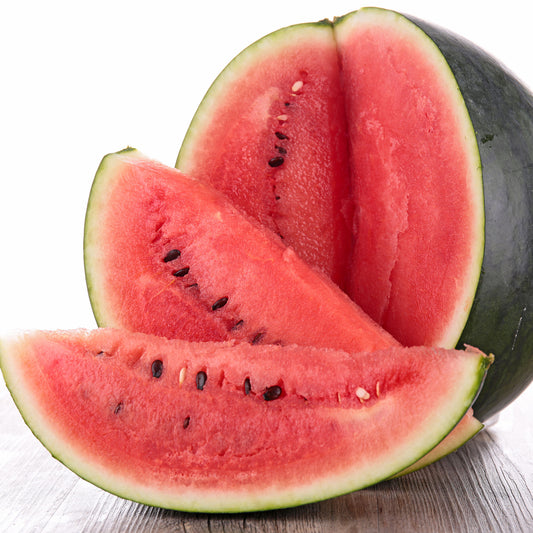
Watermelon Seeds (Organic) - Sugar Baby
Perfect for the smaller garden, manageably round and sweetSaleWatermelon Seeds (Organic) - Sugar Baby
Perfect for the smaller garden, manageably round and sweetRegular price As Low As $6.99Regular priceUnit price per$76.99Sale price As Low As $6.99Sale -
main-collection-product-grid
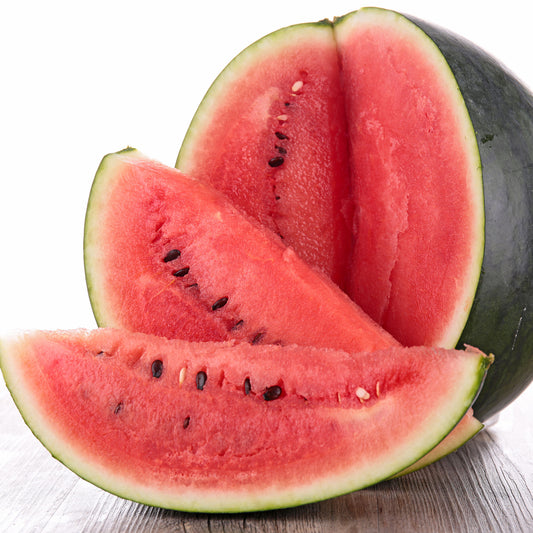
Watermelon Seeds - Sugar Baby
Round and sweet fruit grow on space-saving vinesWatermelon Seeds - Sugar Baby
Round and sweet fruit grow on space-saving vinesRegular price As Low As $4.99Regular priceUnit price per -
main-collection-product-grid
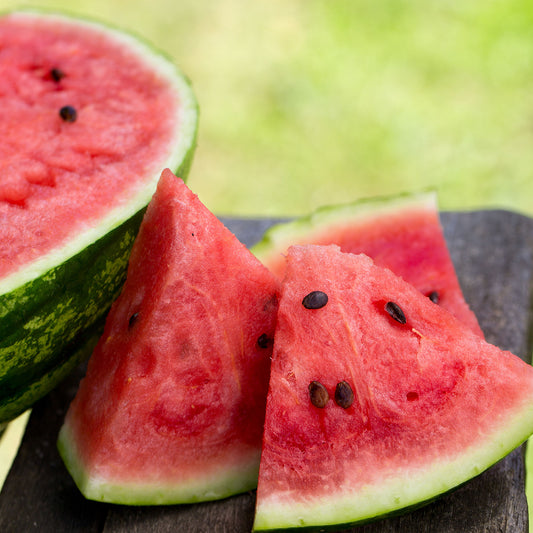
Watermelon Seeds (Organic) - Crimson Sweet
Sweet heirloom favorite for home gardenerWatermelon Seeds (Organic) - Crimson Sweet
Sweet heirloom favorite for home gardenerRegular price As Low As $6.99Regular priceUnit price per -
main-collection-product-grid
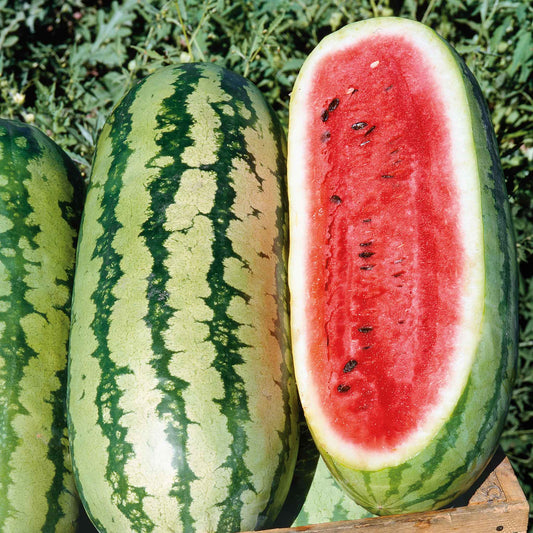
Watermelon Seeds - Georgia Rattlesnake
Tough rind protecting bright, pink fleshWatermelon Seeds - Georgia Rattlesnake
Tough rind protecting bright, pink fleshRegular price As Low As $4.99Regular priceUnit price per -
main-collection-product-grid
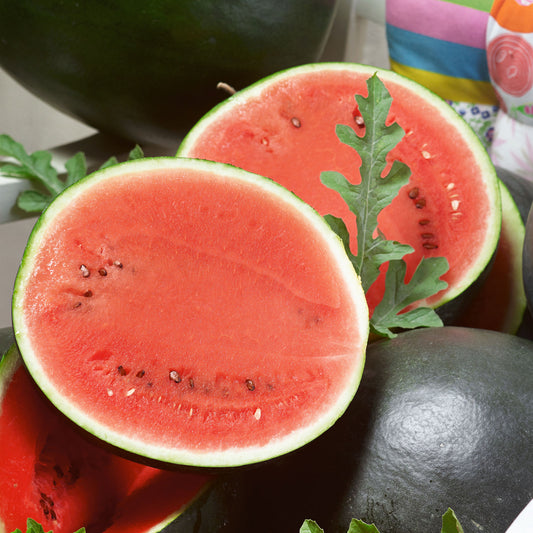
Watermelon Seeds - Sugar Baby Bush
Three-foot long vines produce diminutive fruits in smaller spacesWatermelon Seeds - Sugar Baby Bush
Three-foot long vines produce diminutive fruits in smaller spacesRegular price $5.99Regular priceUnit price per -
main-collection-product-grid
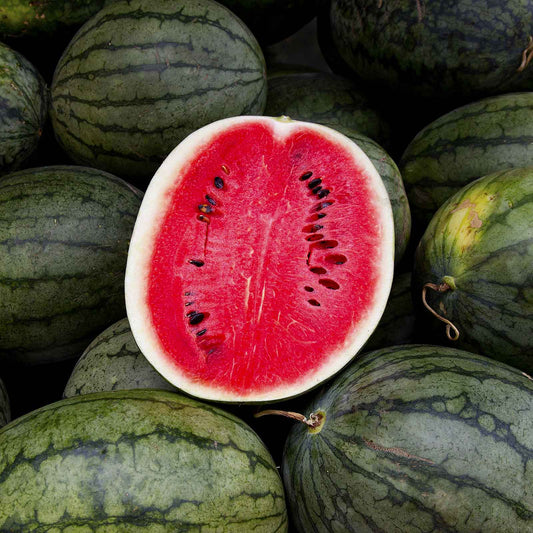
Watermelon Seeds - Black Diamond
Striated green rind with delicious red fleshWatermelon Seeds - Black Diamond
Striated green rind with delicious red fleshRegular price As Low As $4.99Regular priceUnit price per -
main-collection-product-grid
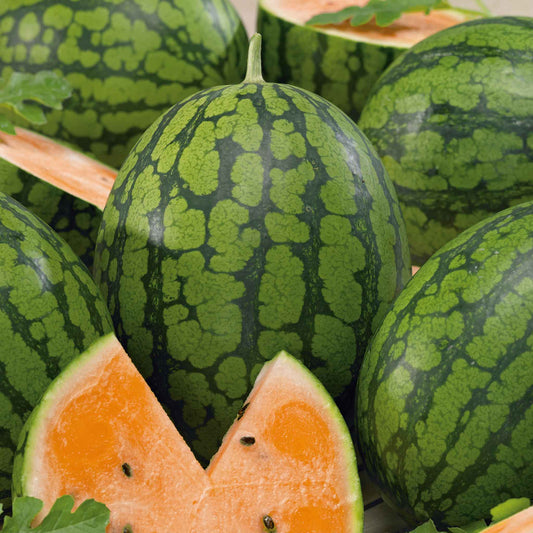
Watermelon Seeds (Organic) - Tendersweet Orange
Showy orange flesh is luscious and sweetSaleWatermelon Seeds (Organic) - Tendersweet Orange
Showy orange flesh is luscious and sweetRegular price As Low As $6.99Regular priceUnit price per$26.99Sale price As Low As $6.99Sale -
main-collection-product-grid
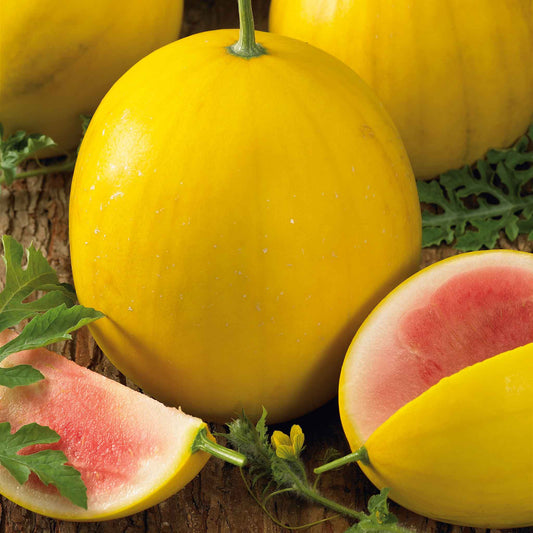
Watermelon Seeds - Golden Midget
Early to mature to a golden yellow, small three pound fruitsWatermelon Seeds - Golden Midget
Early to mature to a golden yellow, small three pound fruitsRegular price As Low As $4.99Regular priceUnit price per -
main-collection-product-grid
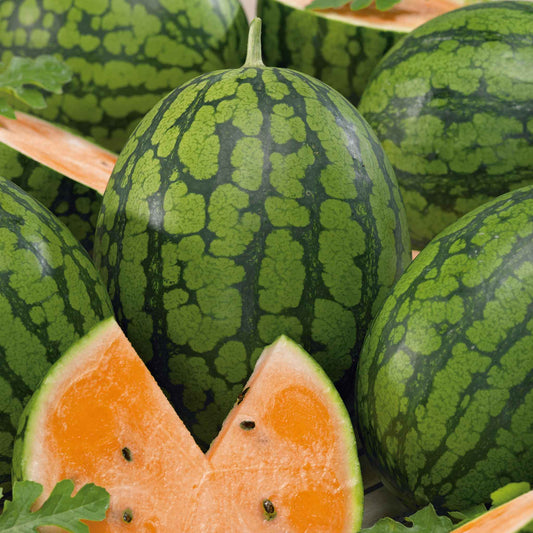
Watermelon Seeds - Tendersweet Orange
Orange flesh is strikingly beautiful and sweetWatermelon Seeds - Tendersweet Orange
Orange flesh is strikingly beautiful and sweetRegular price As Low As $4.99Regular priceUnit price per -
main-collection-product-grid
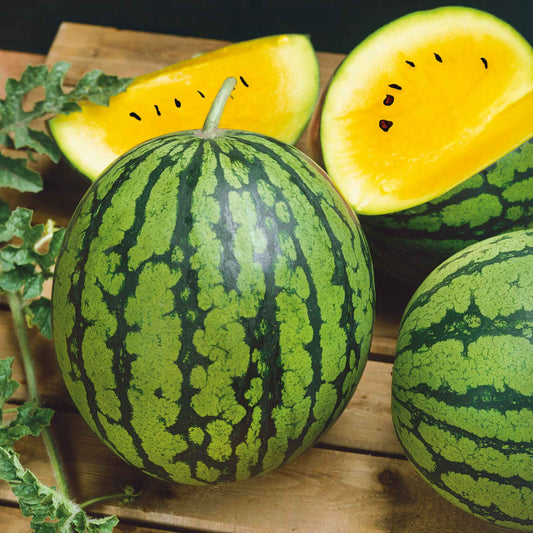
Watermelon Seeds - Yellow Petite
Lightly sweet and aromatic icebox varietyWatermelon Seeds - Yellow Petite
Lightly sweet and aromatic icebox varietyRegular price As Low As $6.99Regular priceUnit price per -
main-collection-product-grid
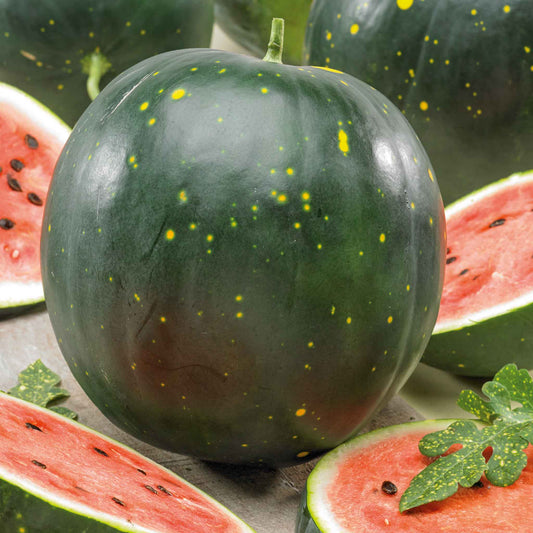
Watermelon Seeds - Moon & Stars
Brilliantly sweet, red flesh underneath stunning deep green rindSaleWatermelon Seeds - Moon & Stars
Brilliantly sweet, red flesh underneath stunning deep green rindRegular price As Low As $4.99Regular priceUnit price per$55.49Sale price As Low As $4.99Sale -
main-collection-product-grid
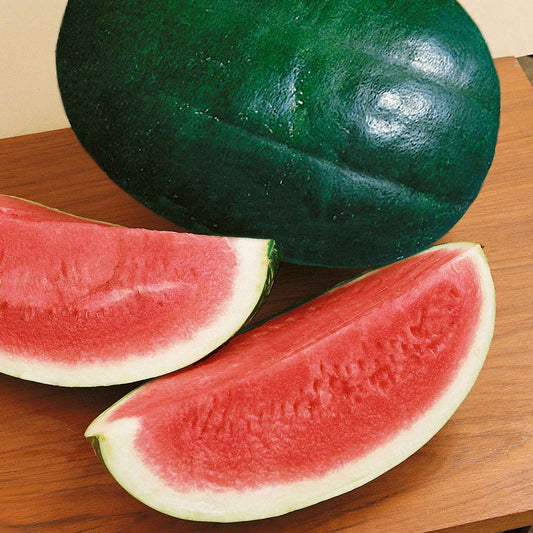
Watermelon Seeds - Triple Baby F1
Personal-sized fruits with a spectacularly deep black rindWatermelon Seeds - Triple Baby F1
Personal-sized fruits with a spectacularly deep black rindRegular price $8.99Regular priceUnit price per -
main-collection-product-grid
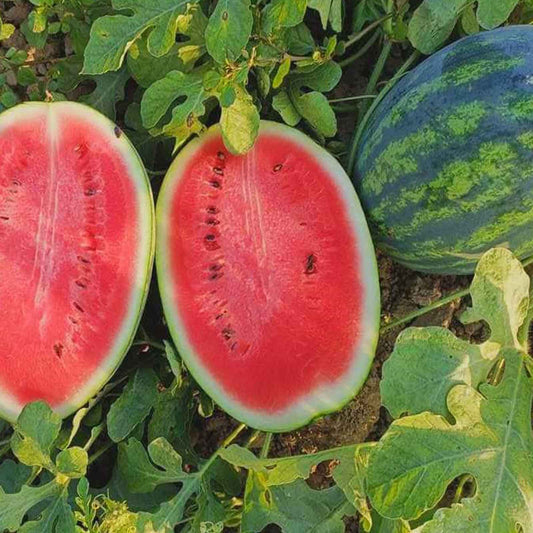
Watermelon Seeds - All Sweet
High yielding 25-pound fruitWatermelon Seeds - All Sweet
High yielding 25-pound fruitRegular price As Low As $4.99Regular priceUnit price per -
main-collection-product-grid
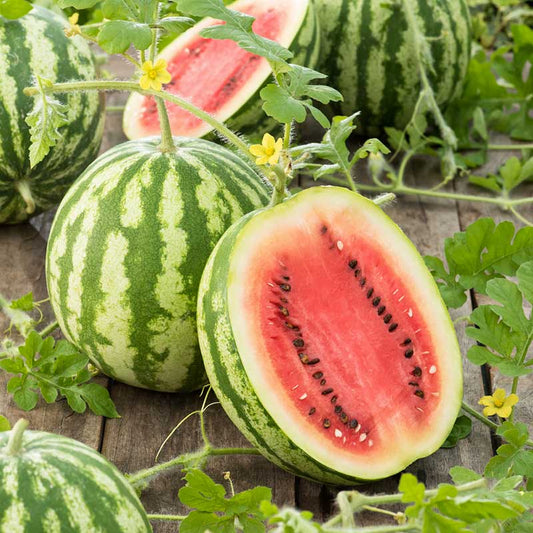
Watermelon Seeds - Crimson Sweet
Spherical and wonderfully sweetSaleWatermelon Seeds - Crimson Sweet
Spherical and wonderfully sweetRegular price As Low As $4.99Regular priceUnit price per$245.49Sale price As Low As $4.99Sale -
main-collection-product-grid
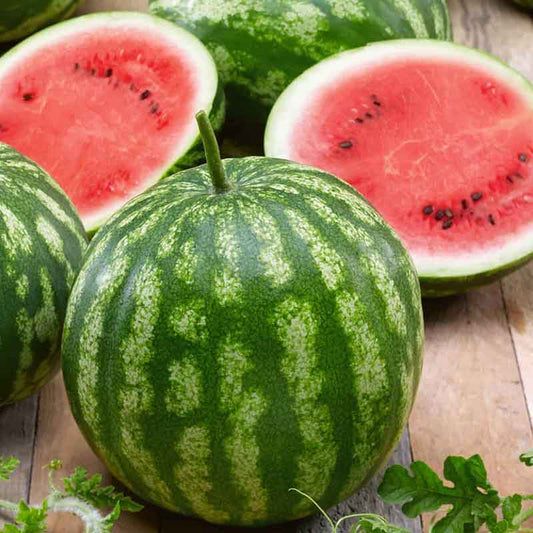
Watermelon Seeds - Cal Sweet
Easy to grow large fruit packed with sweet fleshWatermelon Seeds - Cal Sweet
Easy to grow large fruit packed with sweet fleshRegular price As Low As $4.99Regular priceUnit price per -
main-collection-product-grid
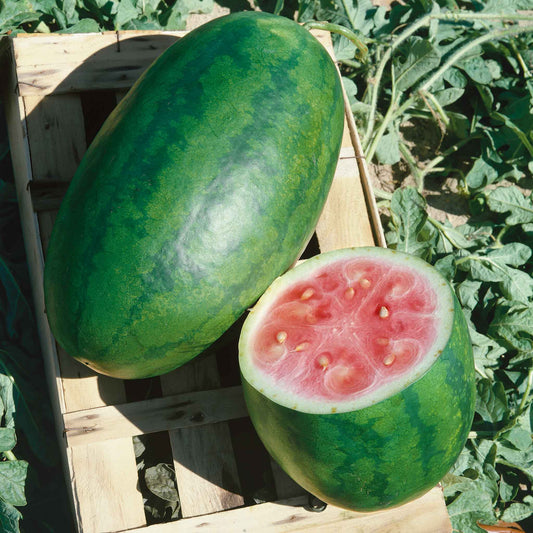
Watermelon Seeds - Congo
High sugar content, can grow up to 50 poundsWatermelon Seeds - Congo
High sugar content, can grow up to 50 poundsRegular price As Low As $4.99Regular priceUnit price per -
main-collection-product-grid
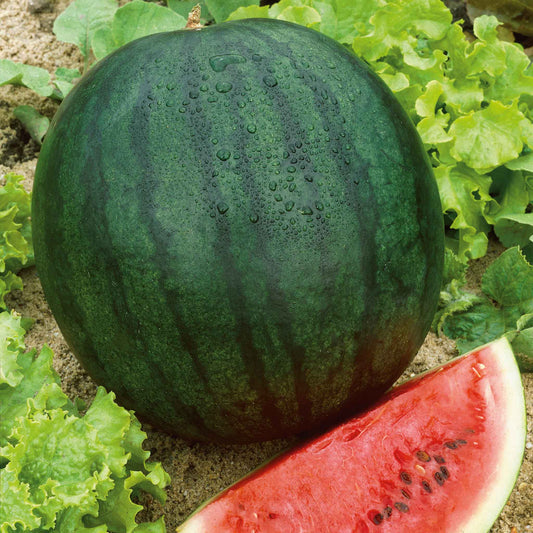
Watermelon Seeds - Florida Giant
Round, 50-pound deliciousnessWatermelon Seeds - Florida Giant
Round, 50-pound deliciousnessRegular price As Low As $4.99Regular priceUnit price per -
main-collection-product-grid
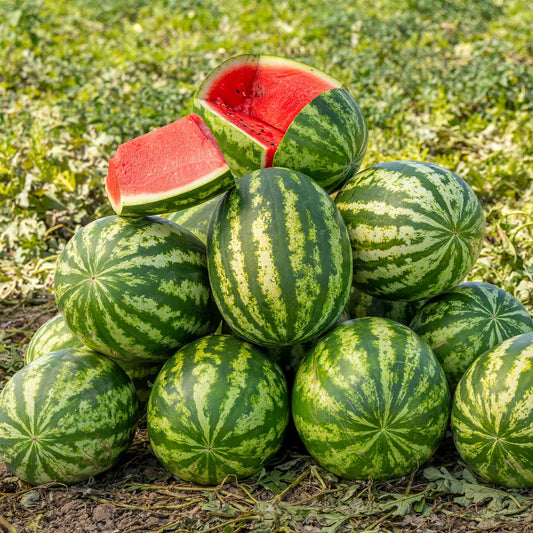
Watermelon Seeds - Klondike Blue Ribbon Striped
Thin but tough rind is disease resistantWatermelon Seeds - Klondike Blue Ribbon Striped
Thin but tough rind is disease resistantRegular price As Low As $4.99Regular priceUnit price per -
main-collection-product-grid
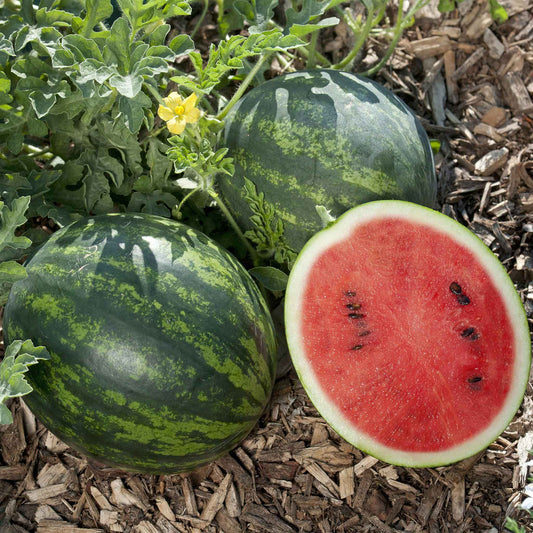
Watermelon Seeds - Mini Love
Petite melons are perfectly portioned for two (or one–we won’t judge!)Watermelon Seeds - Mini Love
Petite melons are perfectly portioned for two (or one–we won’t judge!)Regular price $8.99Regular priceUnit price per -
main-collection-product-grid
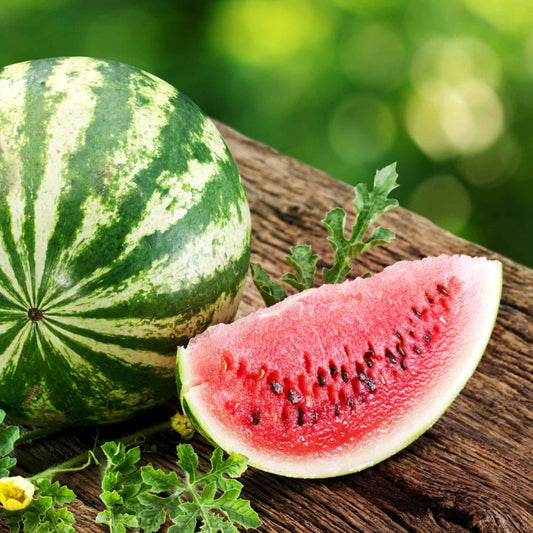
Watermelon Seeds - Dixie Queen
Quickly growing early season varietyWatermelon Seeds - Dixie Queen
Quickly growing early season varietyRegular price As Low As $4.99Regular priceUnit price per -
main-collection-product-grid
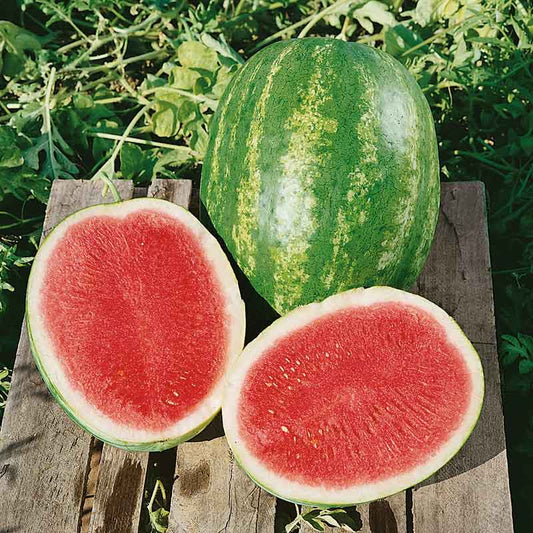
Watermelon Seeds - Triple Crown F1
Large and crisp, mostly seedless watermelonOut of StockWatermelon Seeds - Triple Crown F1
Large and crisp, mostly seedless watermelonRegular price $8.99Regular priceUnit price per -
main-collection-product-grid
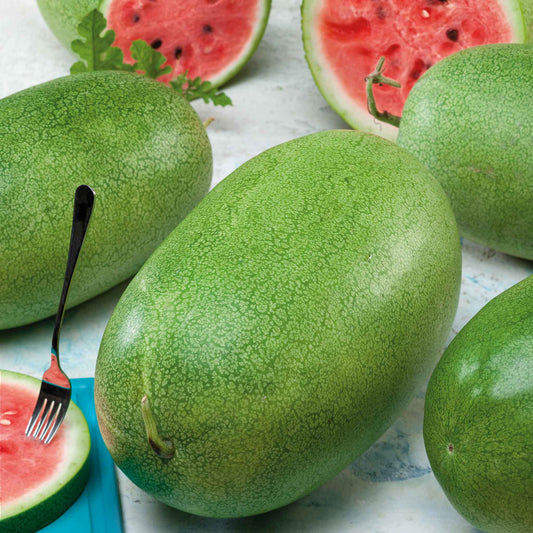
Watermelon Seeds - Charleston Grey
Light green rind, pink flesh, stores wellWatermelon Seeds - Charleston Grey
Light green rind, pink flesh, stores wellRegular price As Low As $4.99Regular priceUnit price per -
main-collection-product-grid
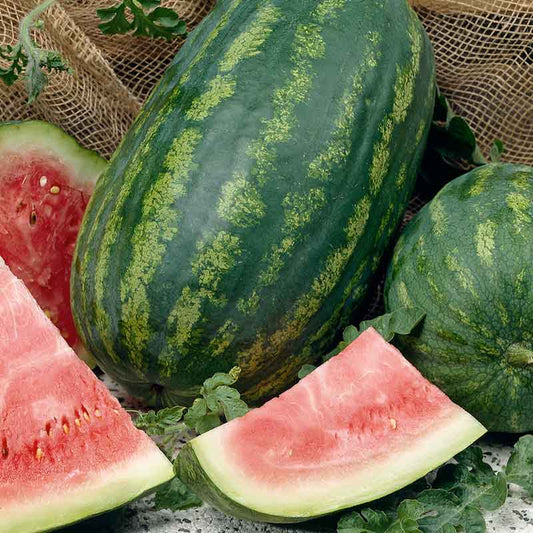
Watermelon Seeds - Jubilee Improved
Disease resistant sweet, firm fleshWatermelon Seeds - Jubilee Improved
Disease resistant sweet, firm fleshRegular price As Low As $4.99Regular priceUnit price per -
main-collection-product-grid
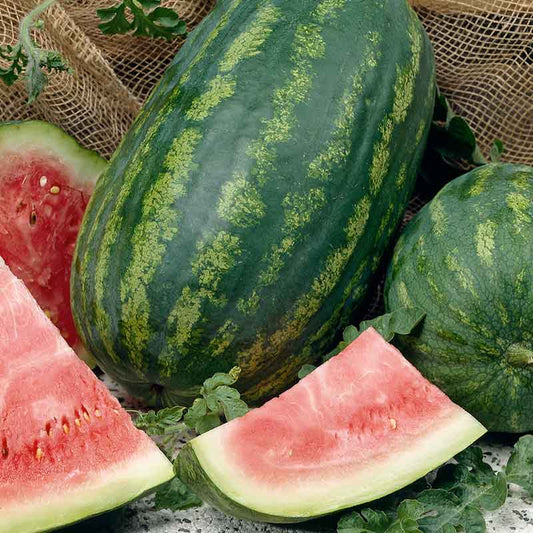
Watermelon Seeds (Organic) - Jubilee Improved
Thrives in warm weather, disease resistantSaleWatermelon Seeds (Organic) - Jubilee Improved
Thrives in warm weather, disease resistantRegular price As Low As $6.99Regular priceUnit price per$26.99Sale price As Low As $6.99Sale
Planting the best watermelon seeds
- 24 watermelon seed varieties
- Believe it or not, you can eat the rinds too
- A great source of vitamin C and antioxidants, as well as hydration
- Sure to provide a garden-fresh, delicious summer snack
Growing delicious and juicy watermelons at home
By weight, watermelon is the most consumed fruit in the US. Not just a day, but an entire month has been dedicated to it. (It's July, in case you were wondering.) And who can really blame us? Watermelon is delicious. All watermelon is delicious. All watermelon is not, however, equal, and nothing beats a melon taken straight out of your garden and left in the fridge just long enough to chill before eating it.
Growing requirements for watermelon seeds
So how do you grow watermelon in your own backyard? Watermelons are easiest to grow in the south, where they can get the full three months of sun and then some that they need to ripen properly. That doesn't mean, though, that a determined northern gardener can't make their watermelon dreams come true. In the north, start seeds indoors one to two weeks before the last frost date. Transplant seedlings out into the garden when soil reaches 65°F. Southern gardeners will simply direct sow at that same soil temperature, usually about two weeks after the last frost. Plant watermelons on raised hills for better drainage, and leave a lot of room for vines to sprawl outward. Even the most contained varieties will need a good six feet to every side.
Find the right watermelon variety for your garden
In gardens where space is at a premium, or where summer is shorter, smaller melons are better. Try varieties like Eden Brothers' Yellow Petite Watermelon Seeds, which can ripen in as little as 60 days, or Golden Midget Watermelon Seeds, which weigh only three pounds when they're done growing. For a seedless option, go with Triple Baby Watermelon Seeds. If you have the time and the space and want to go for something bigger, plant Eden Brothers' All Sweet Watermelon Seeds, producing melons that can reach upwards of 25 pounds. Or, for the truly adventurous, there's Eden Brothers' Tendersweet Orange Watermelon Seeds, which, like the name suggests, produces orange-fleshed watermelons that can weigh up to 40 pounds.
How to tell if your watermelon is ripe
All watermelons need watering. Water regularly with one to two inches per week, and try to water near the base rather than soaking the leaves. When the fruit approaches ripening, watering can be dialed back to concentrate sweetness. There are a few ways to tell if a watermelon is ripe: Thump it and listen for a hollow sound, check for a cream or yellow (rather than white) bottom, or look at the tendril that grows near the stem. Is it starting to brown and die? If so, the melon is ready to pick. Cut from the vine with a sharp knife, and enjoy the fruits of your labor!
To learn more about planting, growing, and caring for watermelon seed, see our Watermelon Seeds Planting Guide.























